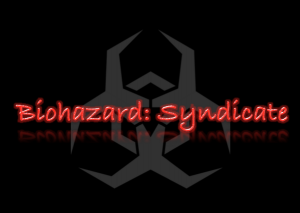
The study of disease is incredibly important for the life of humans. The ability to prevent and control pandemics and/or epidemics is incredibly important. Millions of lives can be saved due to the research pathologists and their lab techs do every day. Pre-Medicine Students may use this application as a tool to learn more about disease. This application introduces pathology in a fun way. This may ultimately inspire a pre-med student to further his or her studies in pathology. Concepts students will learn are the difference between direct and indirect Transmission Pathways, the importance of discovering a pathway, and methods for collecting samples. Students will be able to collect samples from infected and healthy test subjects and analyze the data gathered (recognize patterns within the data).
The basis for the application character-wise would be a lab tech at the start of the zombie apocalypse. You work with a team of 6 under lead pathologist. The user’s job is to collect samples and identify if a bacteria, fungus, protozoa, or a virus causes the disease. In order to determine its nature, he or she must determine if it is spread directly or indirectly. The transmission pathway is key if they want to figure out how to prevent infection. The user must analyze the infected fluids and isolate the source. The user will get to name the pathogen. The information he or she gathers will be put out into the public. Near the end of your trials the user’s child becomes sick with the disease. The research the user has done will determine whether the child is saved.
Sources:
- Balcarek, Kytia B., et al. “Neonatal Screening for Congenital Cytomegalovirus Infection by Detection of Virus in Saliva.” The Journal of Infectious Diseases, vol. 167, no. 6, 1993, pp. 1433–1436. JSTOR, JSTOR, www.jstor.org/stable/30112750.
- Cortez, Michael H., et al. “Distinguishing between Indirect and Direct Modes of Transmission Using Epidemiological Time Series.” The American Naturalist, vol. 181, no. 2, 2013, pp. E43–E52. JSTOR, JSTOR, www.jstor.org/stable/10.1086/668826.